Overview
This blog explores the various types of steel used in pocket knives, emphasizing their properties and benefits. Key points include the importance of carbon content for durability, advantages of stainless, high carbon, tool, and Damascus steel, and factors to consider when choosing a knife, such as usage, maintenance, and budget. Understanding these elements can help you select the best pocket knife for your needs, enhancing your experience and ensuring longevity.
Frequently Asked Questions
1. What is knife steel?
2. What are the benefits of high carbon steel for pocket knives?
3. Why is stainless steel a popular choice for pocket knives?
4. What should I consider when choosing the right steel for my pocket knife?
5. What is the advantage of Damascus steel in pocket knives?
When it comes to pocket knives, the materials used in their construction can significantly impact their performance, longevity, and functionality. Whether you are an outdoor enthusiast, a craftsman, or someone who simply appreciates a quality tool, understanding the various steel types used in pocket knives can help you make informed decisions. In this post, we will explore the best materials for pocket knives and the benefits each type of steel offers.
Understanding the Basics: What is Knife Steel?
Knife steel refers to the alloy used to forge the blade of the knife. This steel can be made from a variety of metals and elements combined to achieve specific properties. The main components that influence knife steel quality include carbon, chromium, vanadium, and molybdenum. Knowing what each element contributes can help you discern which pocket knives are best suited for your needs.
Carbon Content: The Heart of Durability
At the core of many high-quality pocket knives is carbon. The carbon content within steel affects its hardness, edge retention, and overall performance. Generally, the higher the carbon content, the tougher and more durable the knife will be. Here’s a closer look at how carbon improves knife performance:
- Edge Retention: Carbon-rich steels can retain their sharpness longer, reducing the need for frequent sharpening.
- Durability: The increased hardness from carbon makes the knives less prone to chipping or breaking while in use.
- Wear Resistance: Higher carbon steels can withstand more wear and tear, making them ideal for rugged use.
Exploring Different Types of Pocket Knife Steel
There are numerous types of steel used in making pocket knives, each with distinct characteristics. Here are some of the most popular steel types to consider:
Stainless Steel
Stainless steel is one of the most common materials used in pocket knives. Known for its corrosion resistance, it is an ideal choice for individuals who use their knives in wet or humid environments. The addition of chromium enhances its resistance to rust, making it a practical option for everyday carry.
-
Advantages of Stainless Steel:
- Corrosion resistant
- Low maintenance required
- Generally more affordable
-
Common Grades:
- AUS-8
- 440C
- S30V
High Carbon Steel
High carbon steel is another excellent choice for pocket knives. It offers superior sharpness and edge retention compared to stainless steel, which can be a significant advantage for those who prioritize cutting performance. However, it is essential to maintain these knives properly to prevent corrosion.
-
Advantages of High Carbon Steel:
- Exceptional edge retention
- Easier to sharpen compared to stainless steel
- Superior toughness
-
Disadvantages:
- Prone to rust if not maintained properly
- Needs frequent maintenance
Tool Steel
Tool steel is specifically designed for high performance and durability, often used in industrial applications. This type of steel provides excellent edge retention and toughness, making it suitable for more demanding tasks. Pocket knives made from tool steel can withstand heavy use and still maintain their sharpness.
-
Advantages of Tool Steel:
- Highly resistant to wear
- Offers excellent toughness
- High edge retention
-
Common Types:
- 154CM
- D2
Damascus Steel
Damascus steel is known for its distinctive patterns and aesthetics but offers more than just good looks. It is created by layering different types of steel, resulting in a knife that is both beautiful and functional. Damascus steel knives typically combine the properties of the steels used, such as corrosion resistance and toughness.
-
Advantages of Damascus Steel:
- Beautiful, unique patterns
- Combines properties of different steel types
- Very durable when cared for properly
-
Considerations:
- Can be more expensive
- Requires proper maintenance to avoid corrosion
Choosing the Right Steel for Your Pocket Knife
When selecting a pocket knife, consider your primary use and environment. Here are some tips to help you choose the right material:
Consider Your Usage
Think about how you plan to use your pocket knife. For daily tasks, a stainless steel option might be best due to its low maintenance. If you require a knife for heavy-duty tasks, high carbon or tool steel may offer the durability you need. For collectors or those who appreciate craftsmanship, Damascus steel offers both performance and aesthetic appeal.
Maintenance Matters
Some steel types require more maintenance than others. If you aren't comfortable with sharpening your knife frequently or caring for it to prevent rust, choose a stainless steel option. On the other hand, if you enjoy the process of maintenance and prefer cutting performance, consider high carbon or tool steel.
Budget Considerations
Your budget will also play an important role in your decision-making. Stainless steel options are often more affordable, while high-end tool and Damascus steels may come with a higher price tag due to their durability and uniqueness. Determine what you are willing to spend before making a purchase.
The Importance of Knife Design and Build
Aside from blade material, the overall design and build quality of pocket knives play an essential role in their performance and longevity. Here are some design aspects to keep in mind:
Blade Thickness and Grind
The thickness of the blade influences its strength and cutting ability. Thicker blades may provide enhanced durability, but thinner blades often offer better slicing capabilities. Likewise, the grind type impacts the sharpness and edge retention. A hollow grind may allow for finer slicing, while a flat grind can provide durability.
Handle Materials
The handle material is crucial for grip and comfort during use. Popular handle materials include G10, Micarta, and stainless steel, each offering different levels of comfort and durability. Ensure the handle feels secure in your hand to avoid accidents during use.
Final Thoughts: Elevate Your Experience with Quality Steel
Understanding the different types of knife steel is essential for anyone looking to invest in quality pocket knives. From stainless to high carbon steel, each material has its unique advantages and applications. By considering your usage, maintenance preferences, and budget, you can select the best pocket knife to suit your needs. Remember, the right knife will not only enhance your experience but will also last for years to come. Choose wisely and elevate your adventure with the perfect blade!


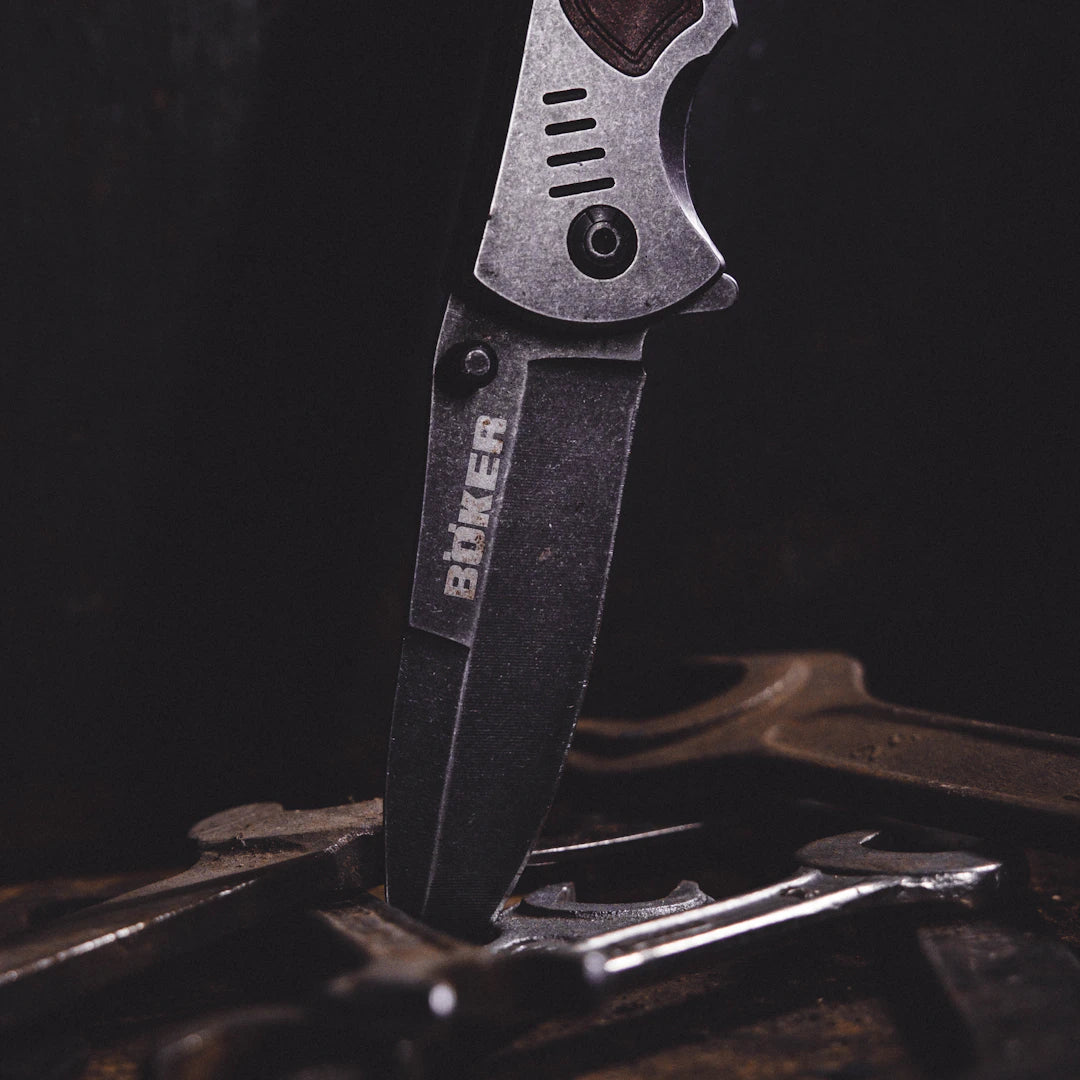
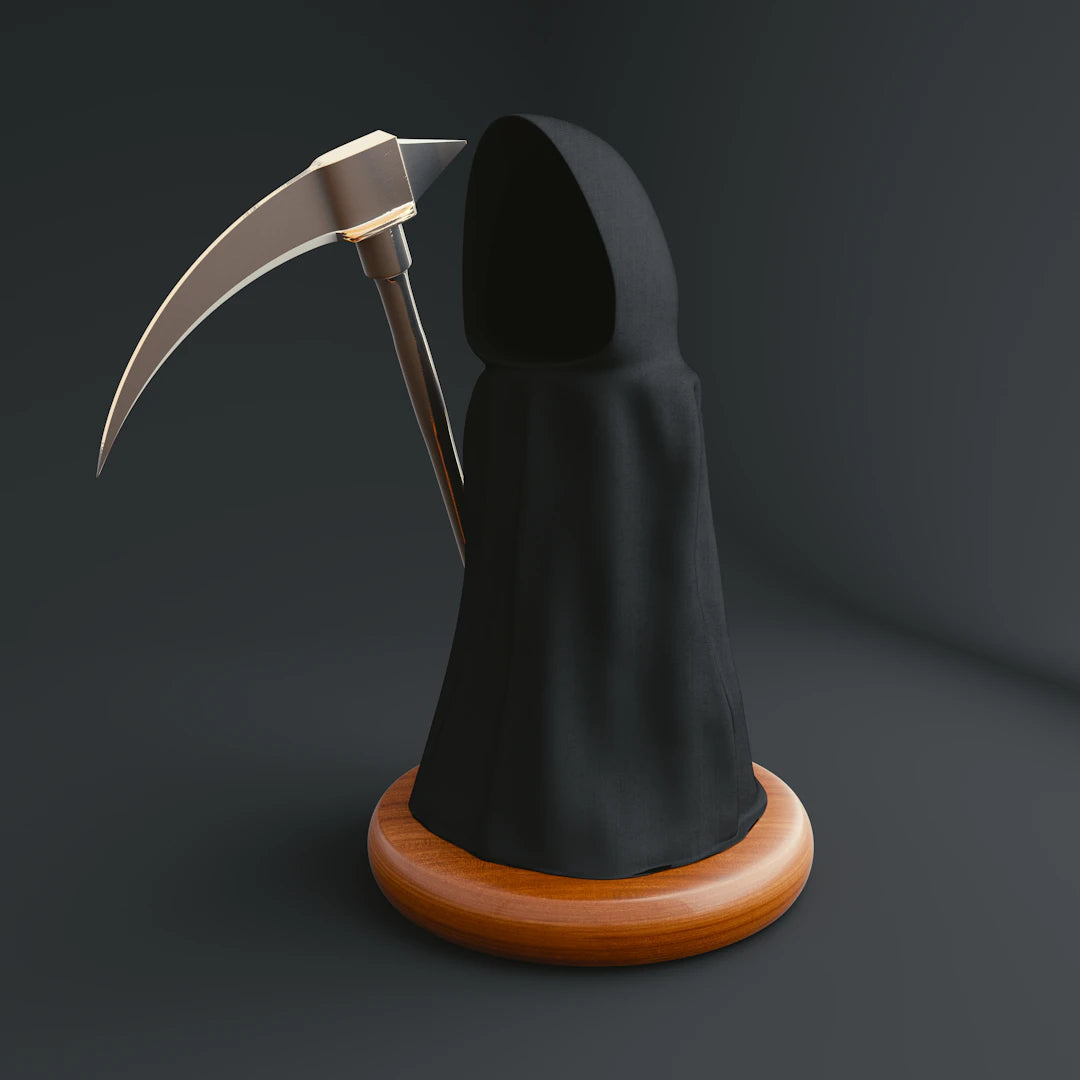
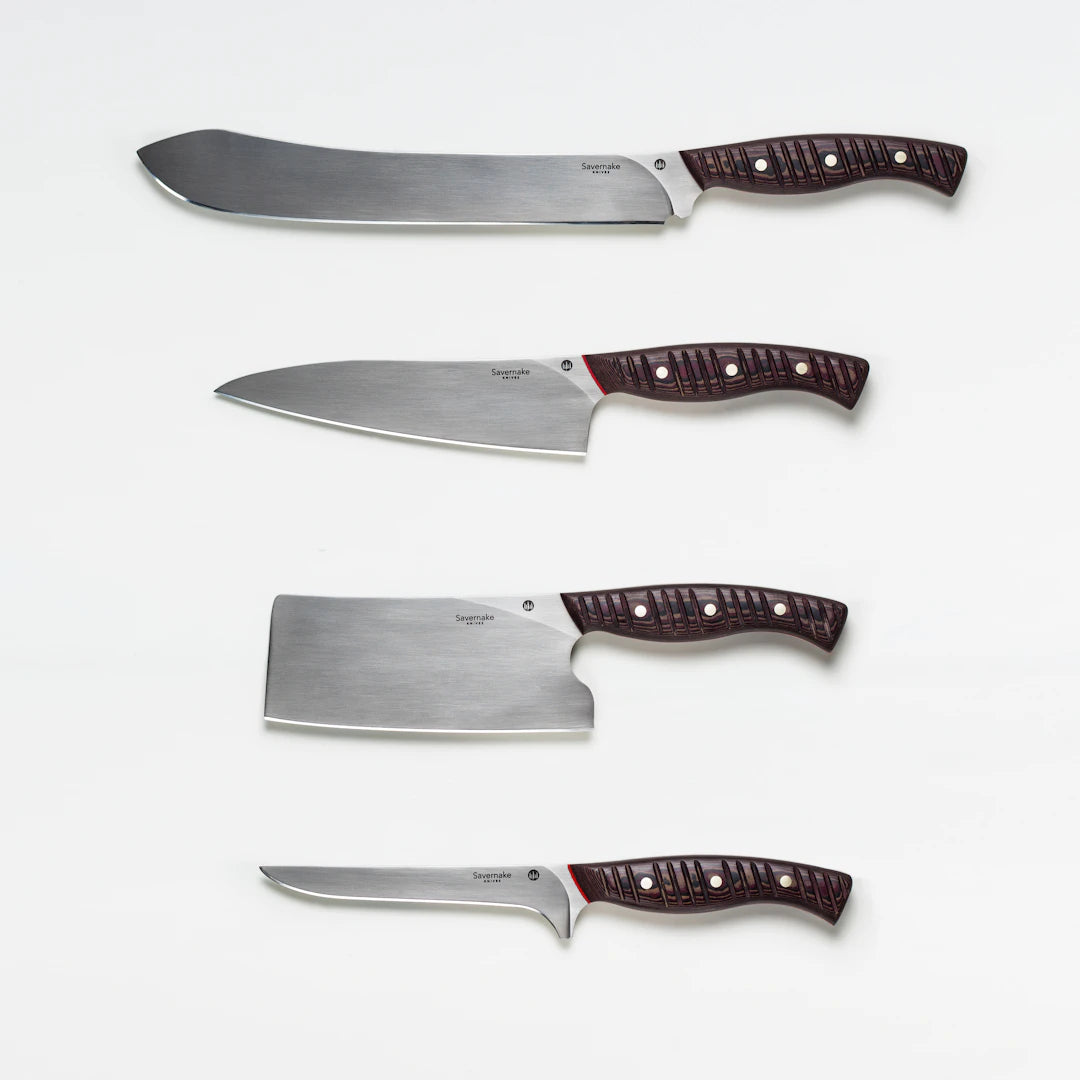
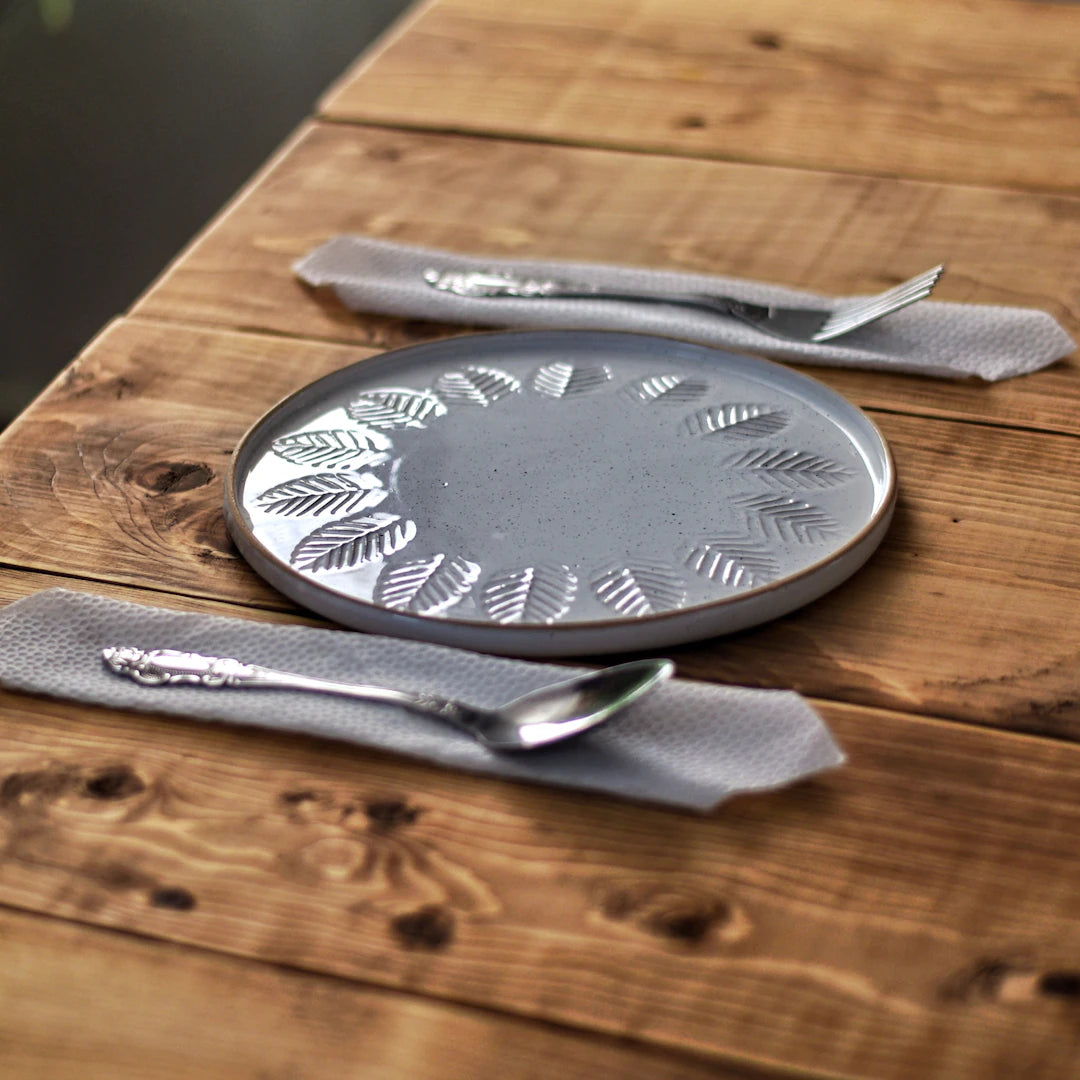

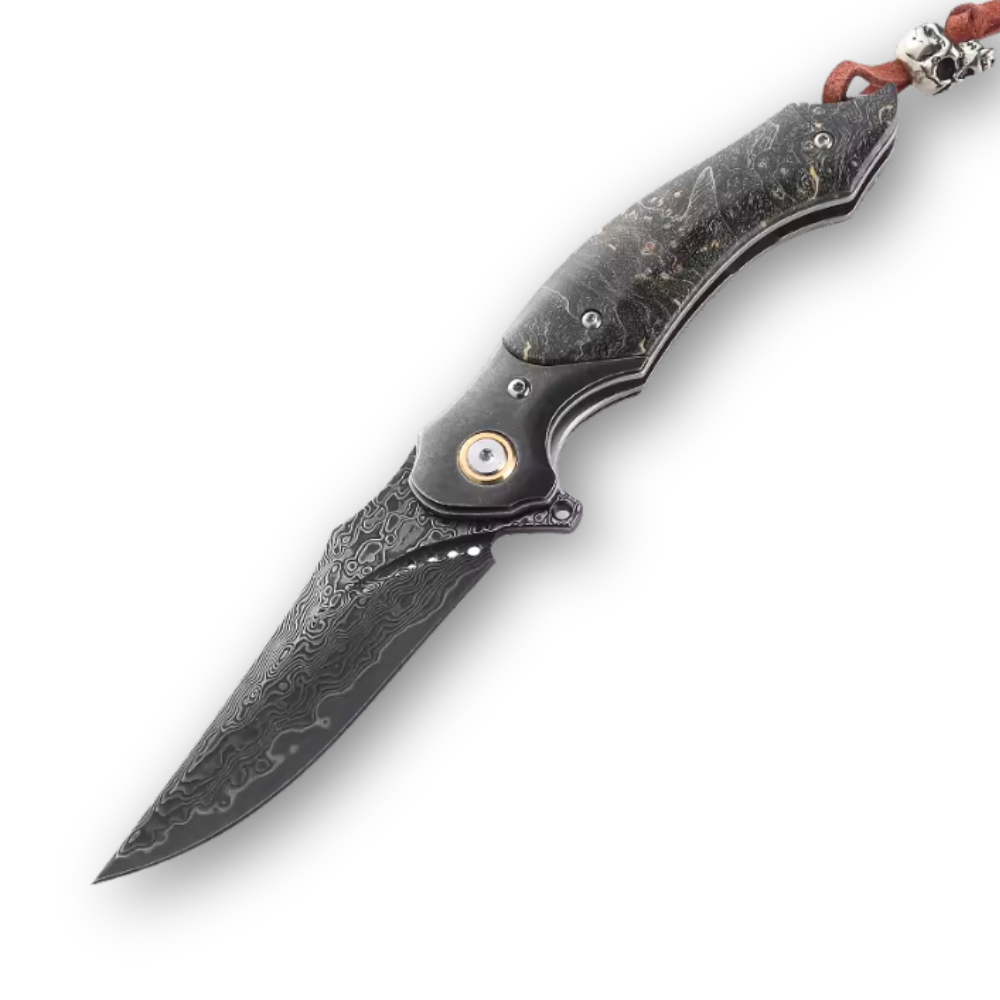
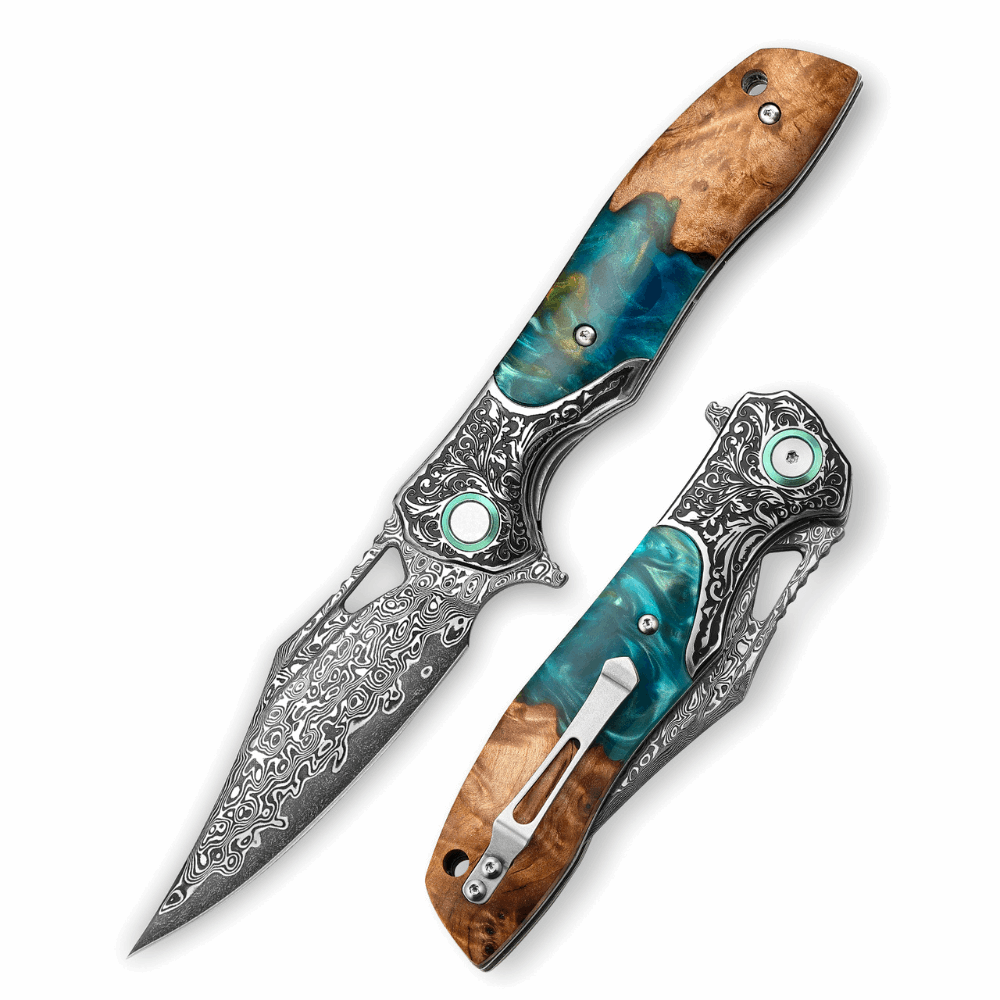
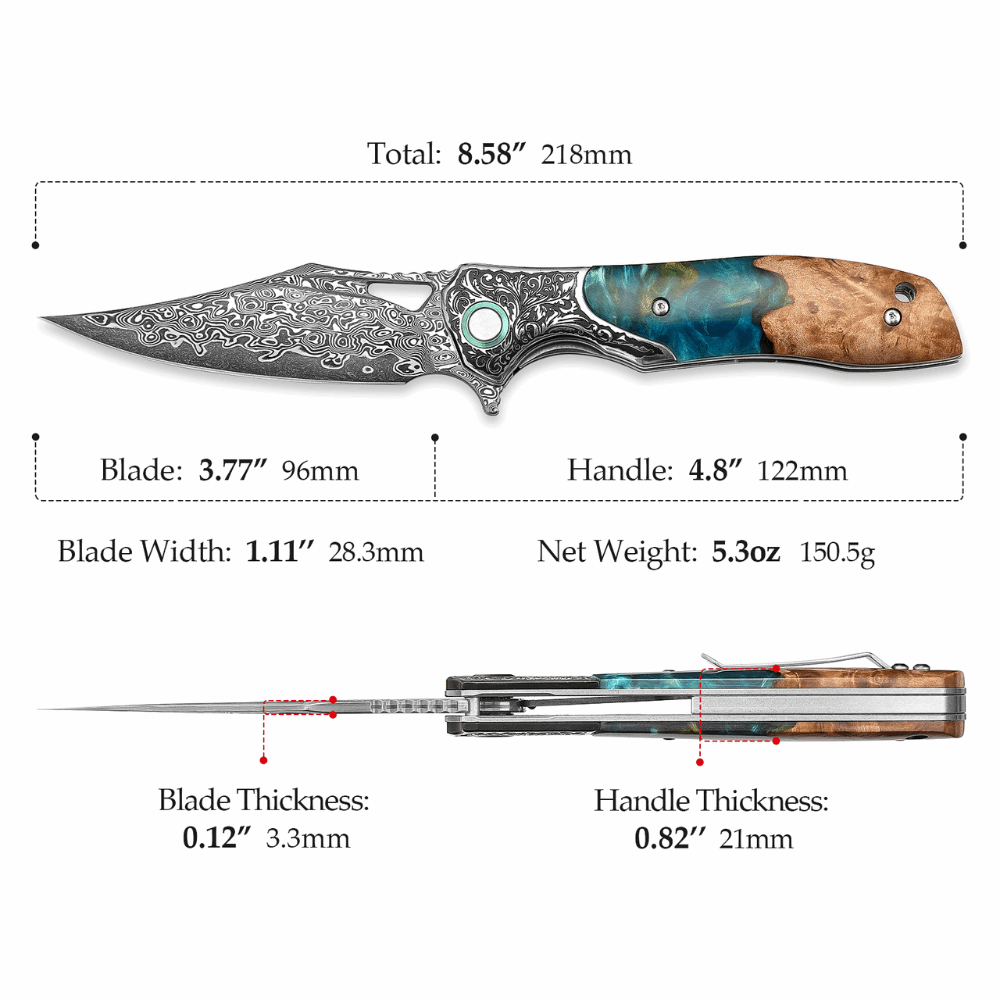
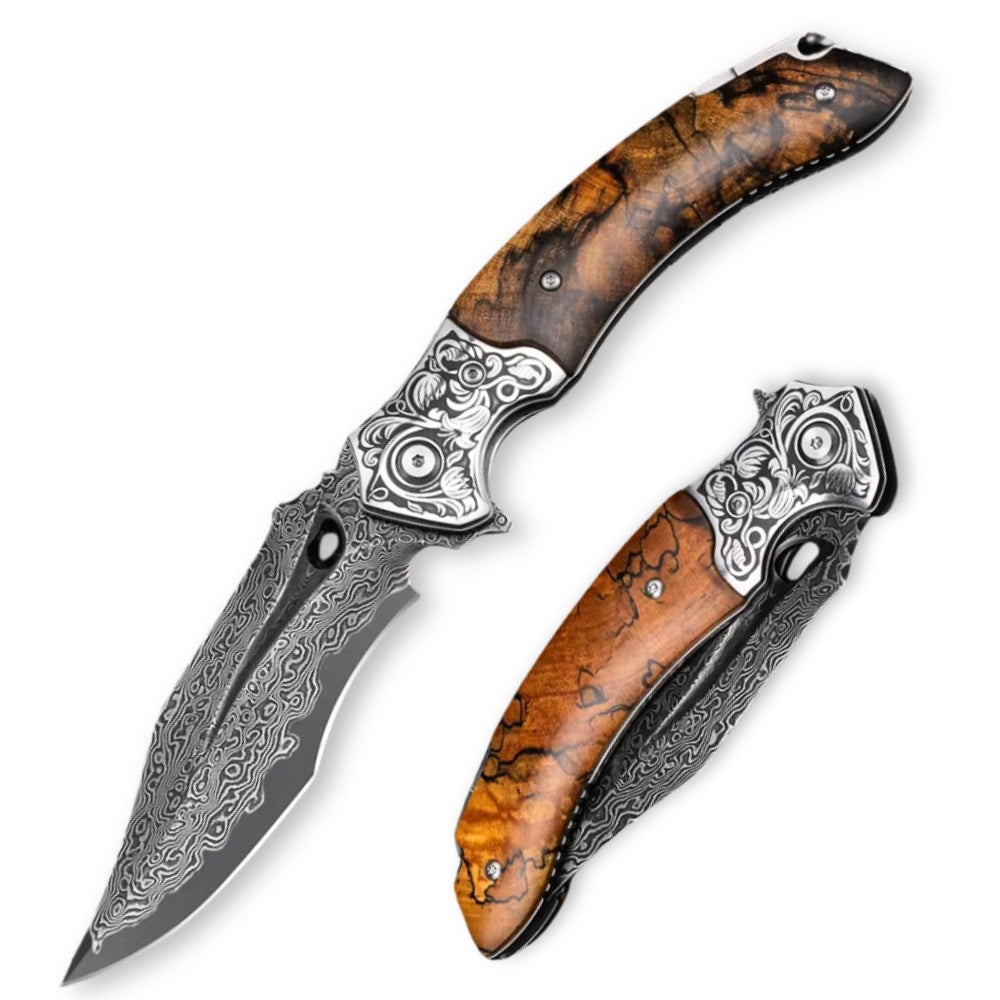
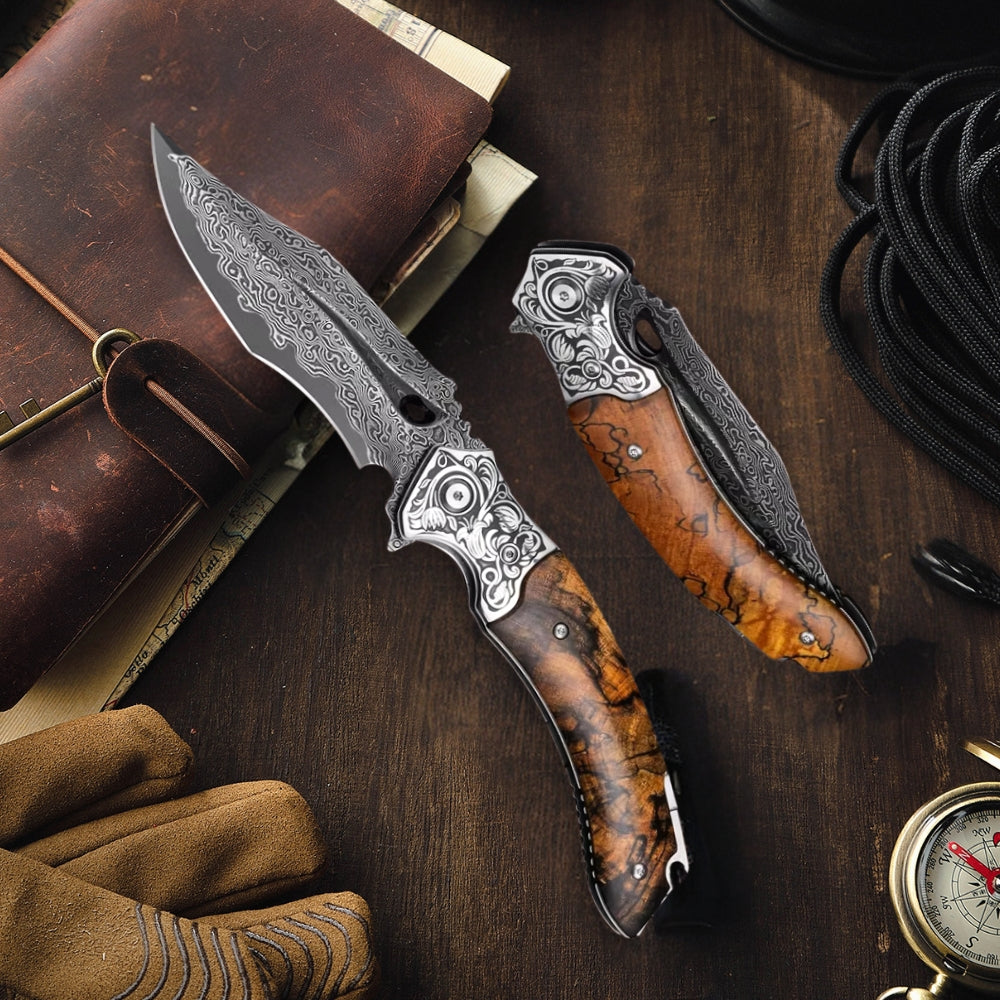
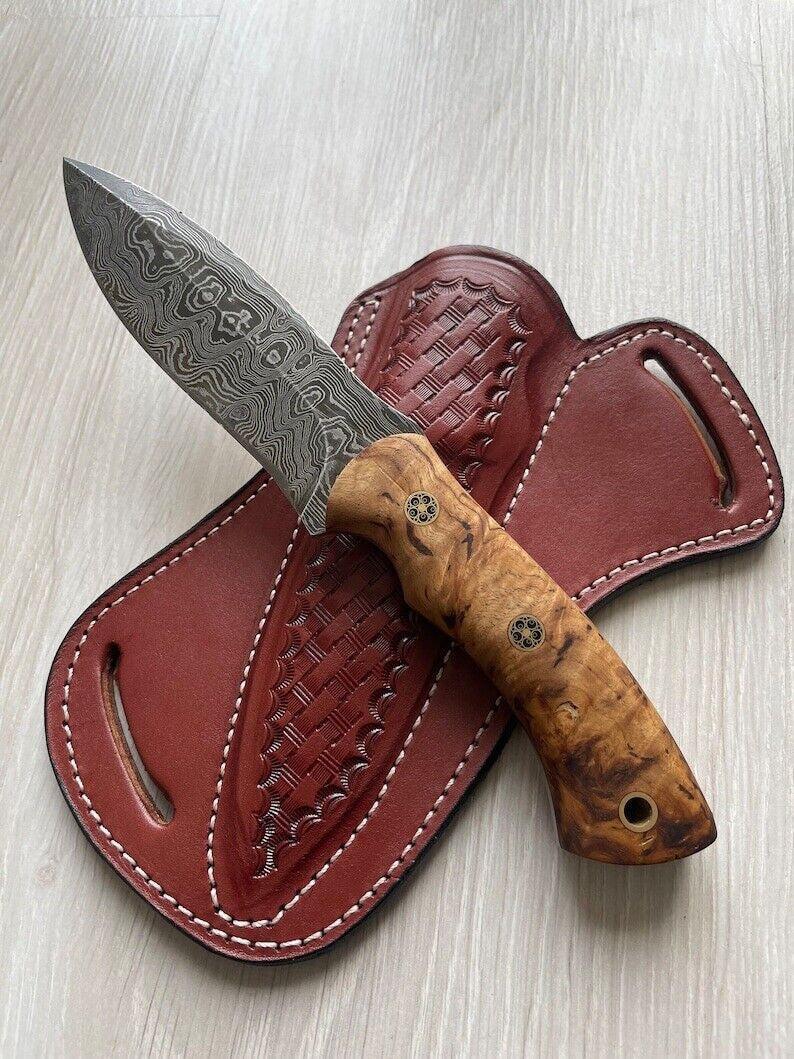
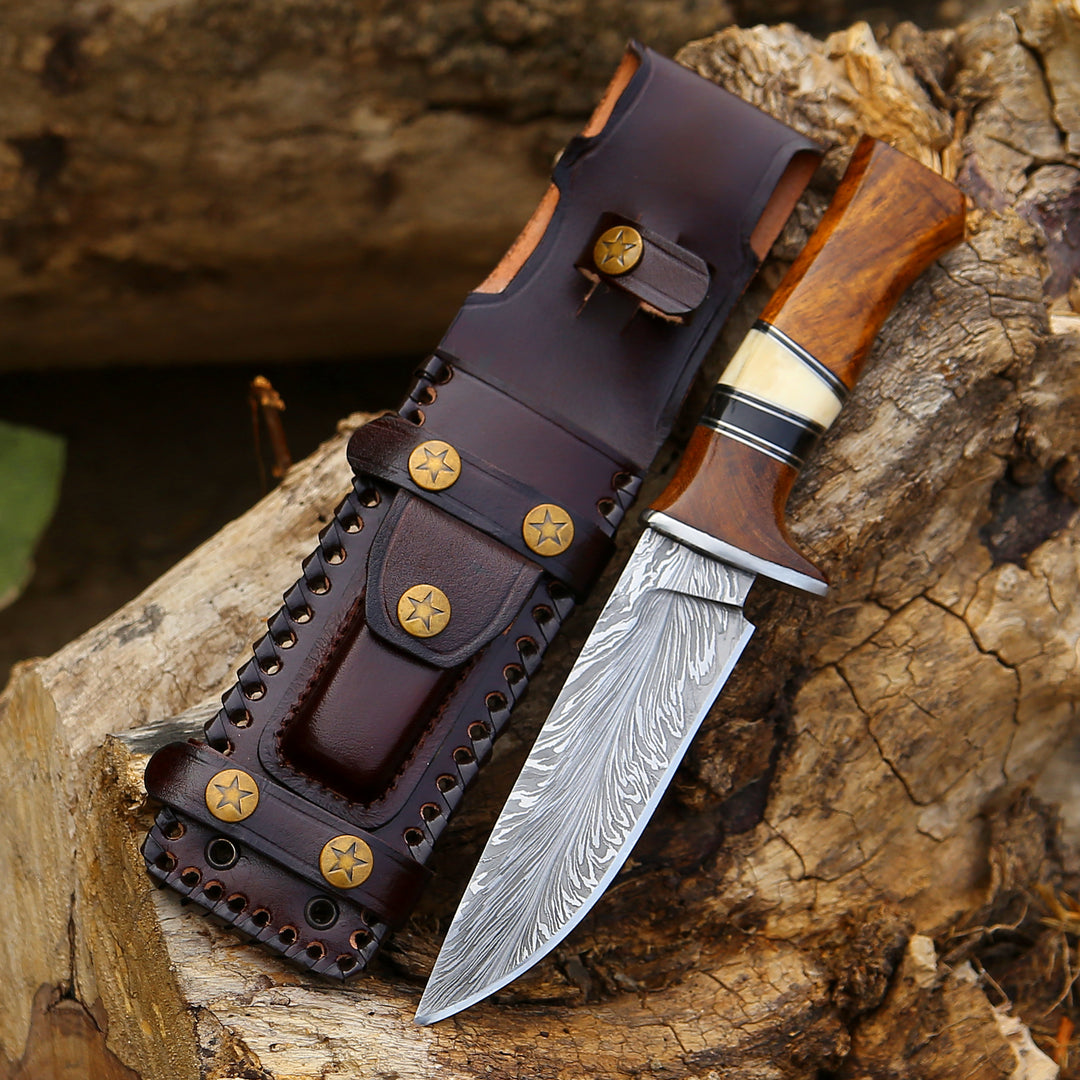
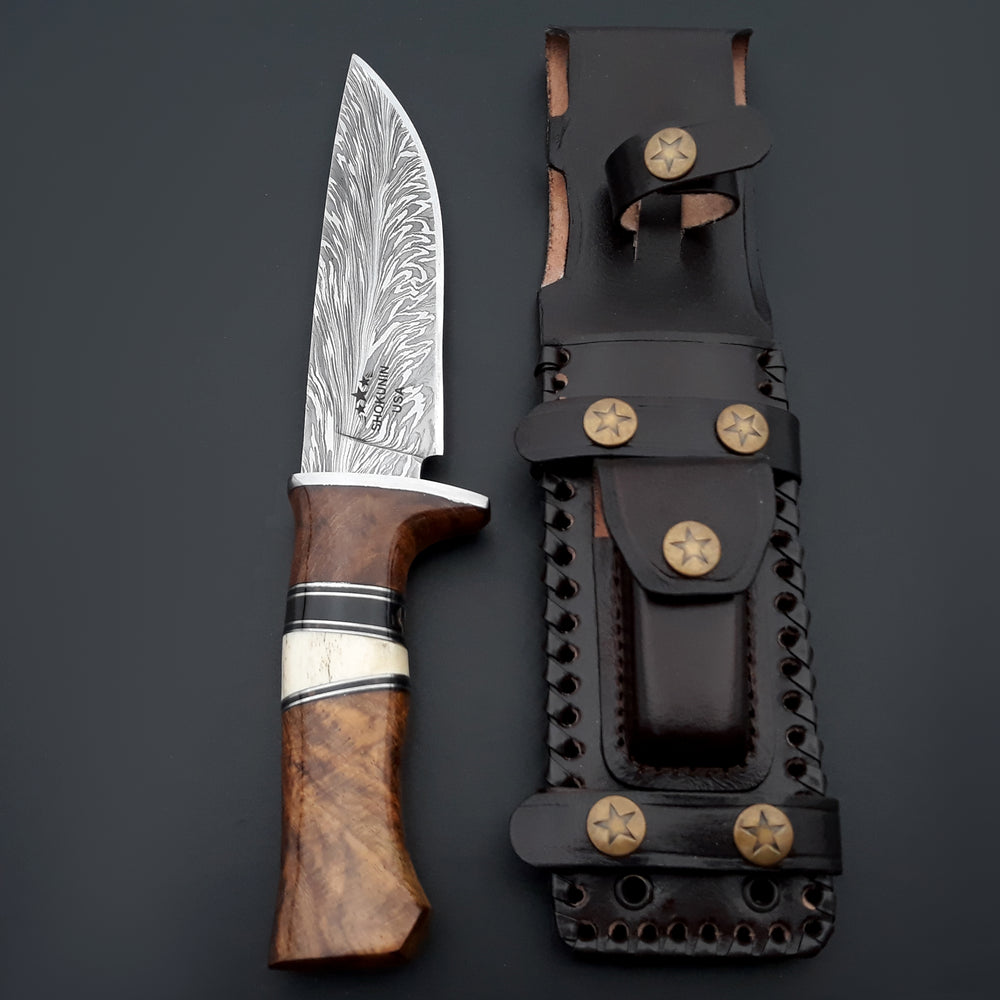
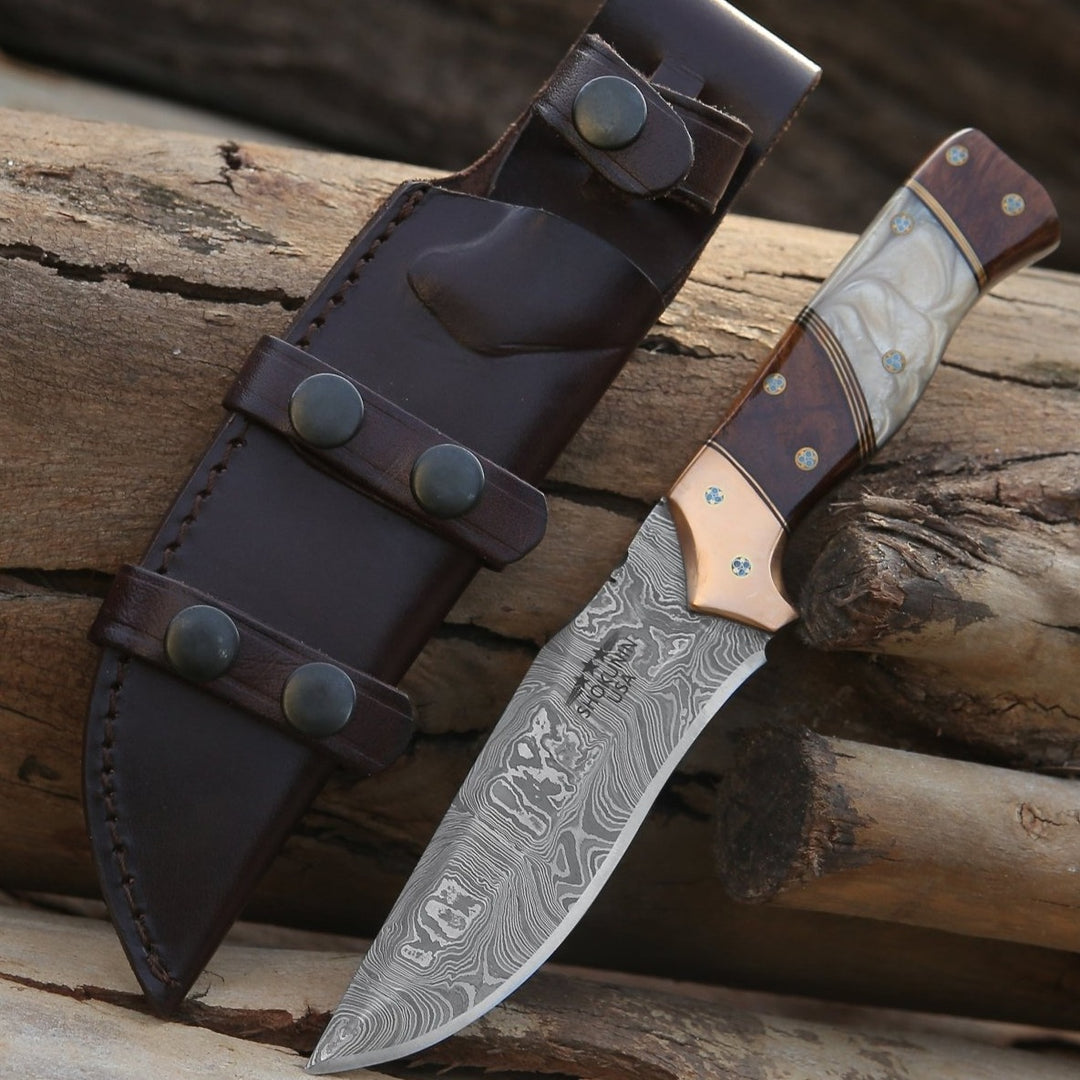
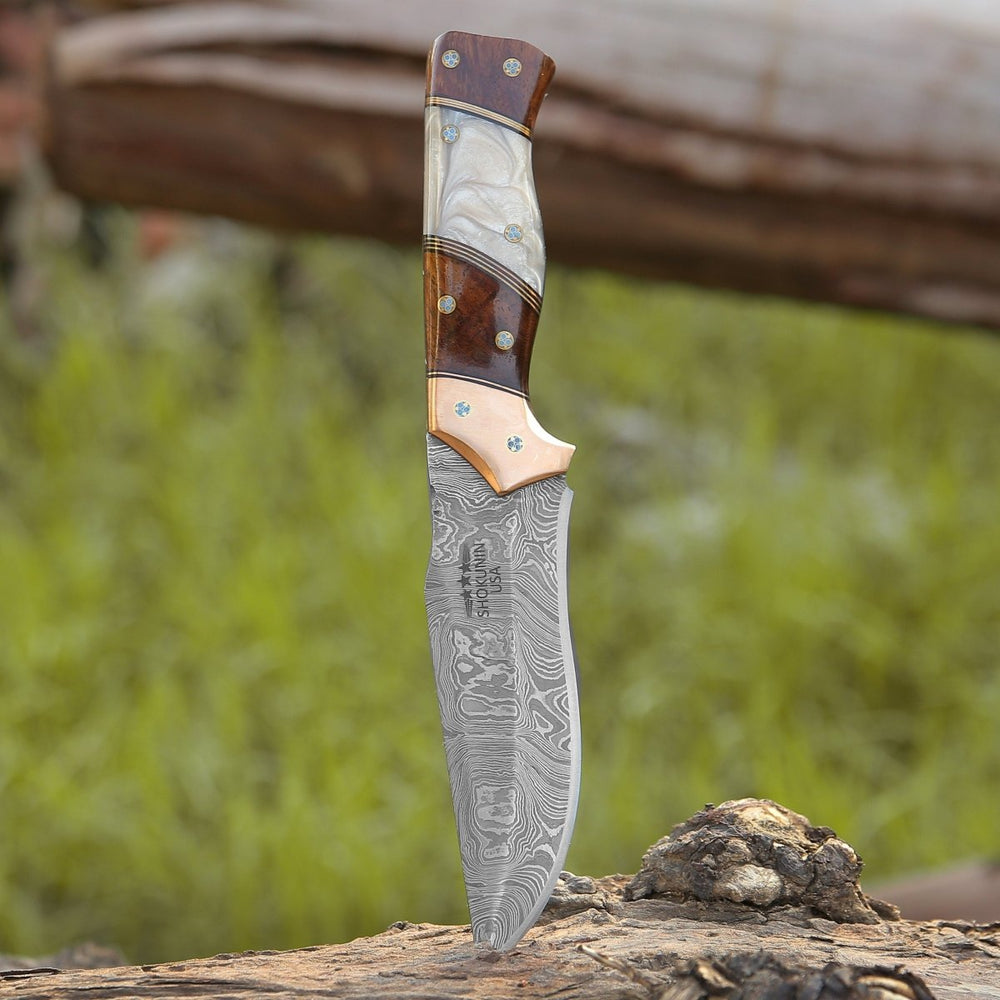
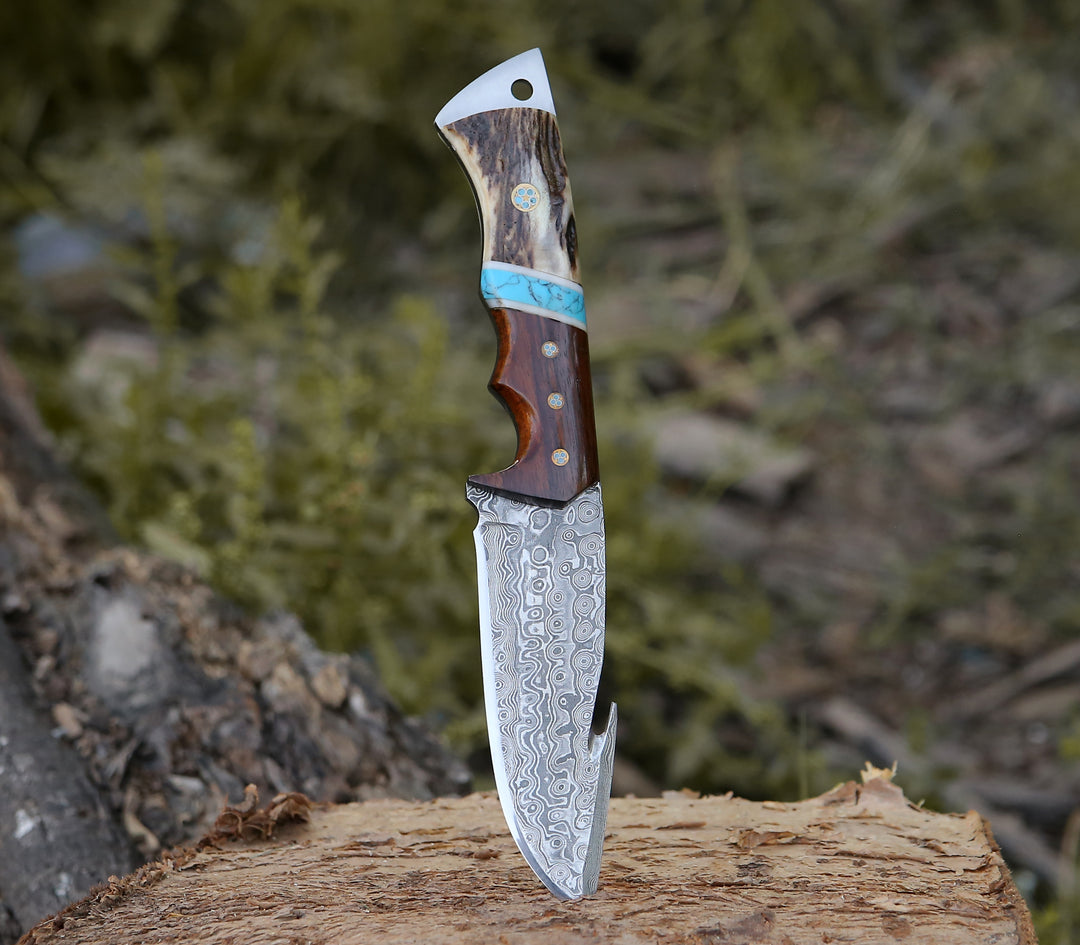
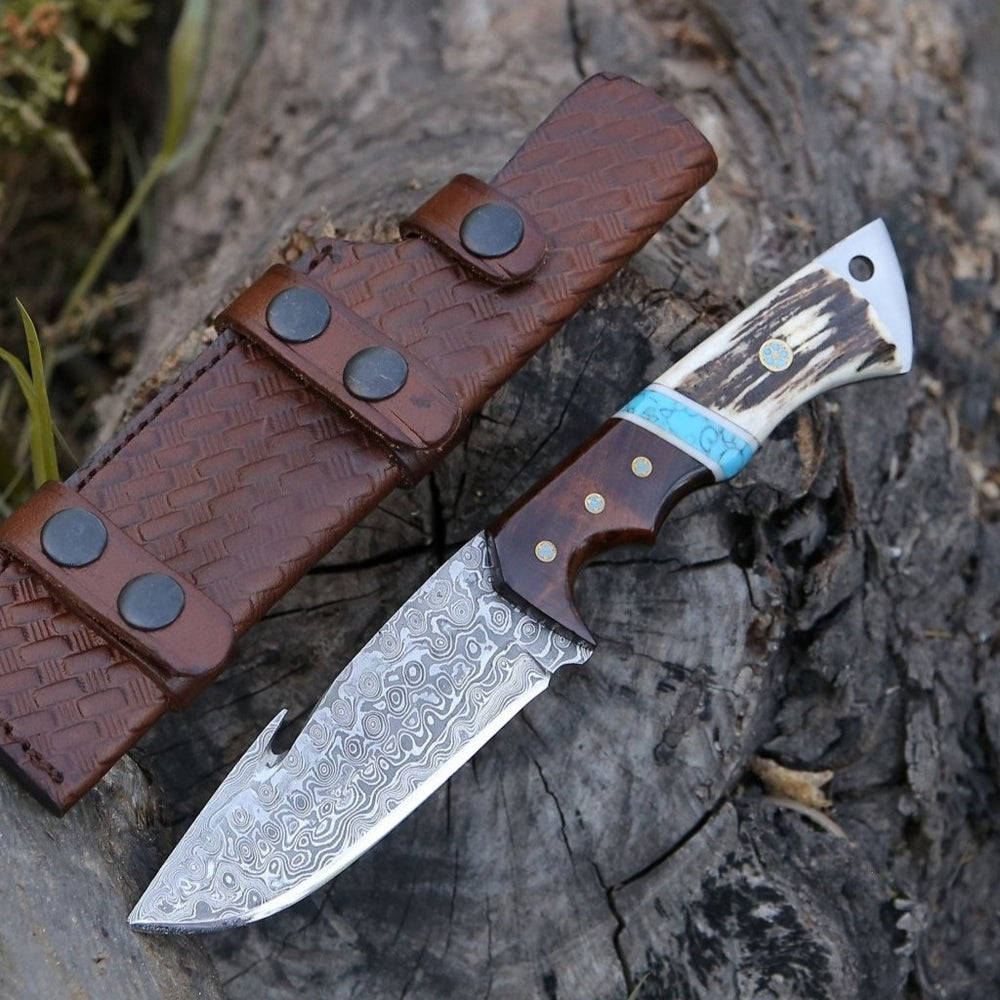
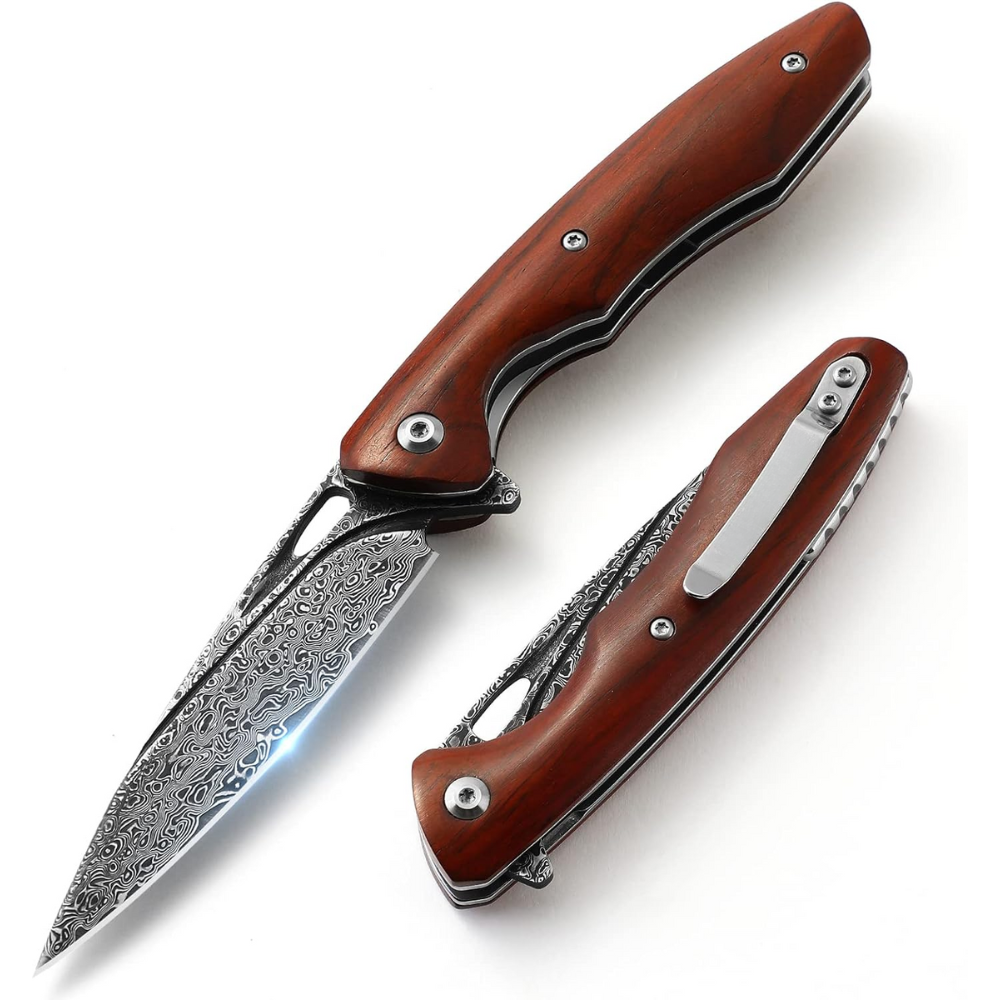

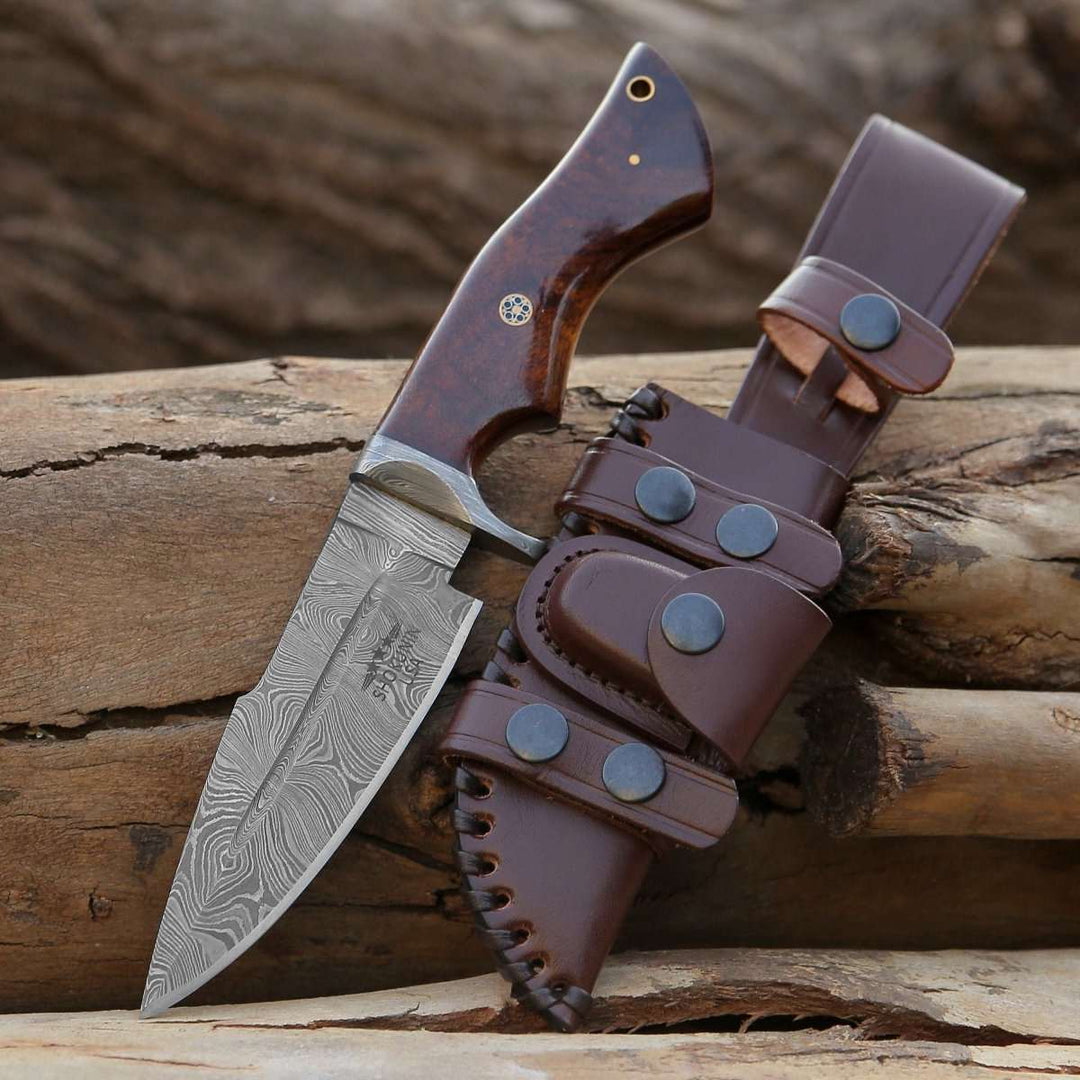
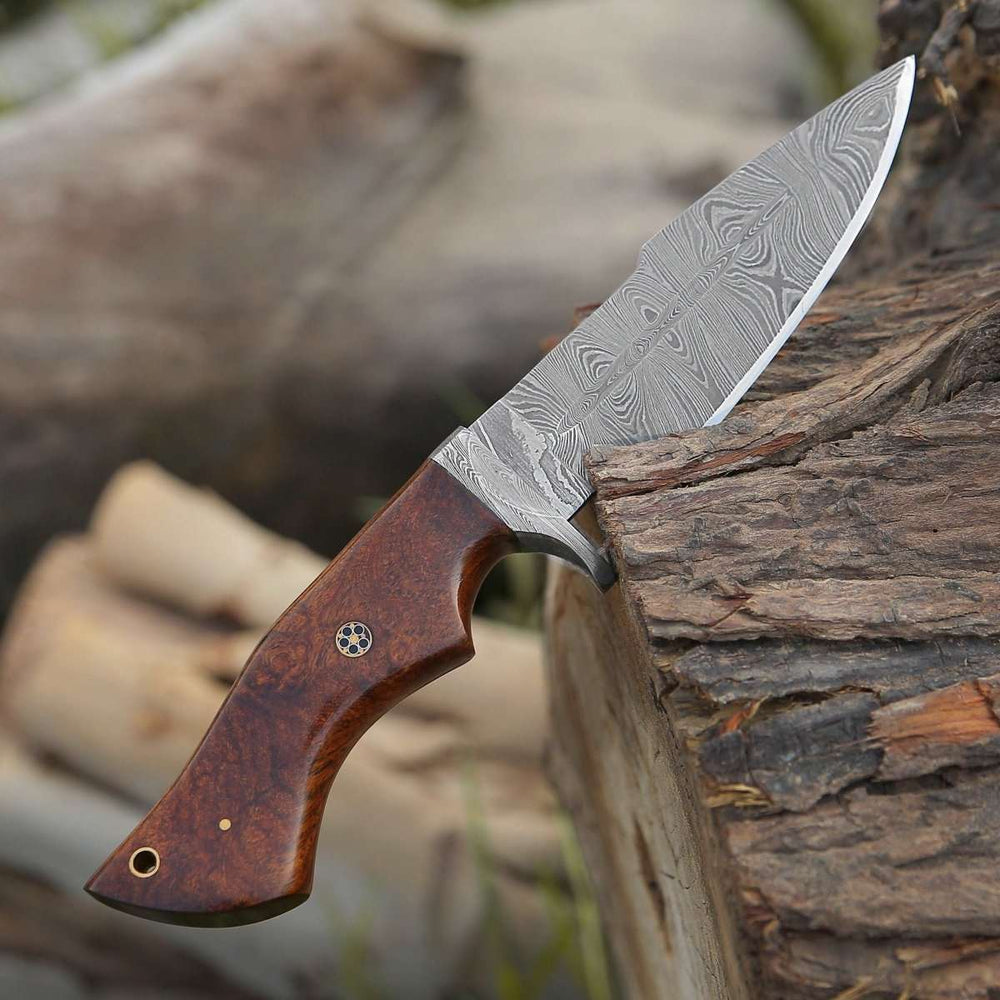
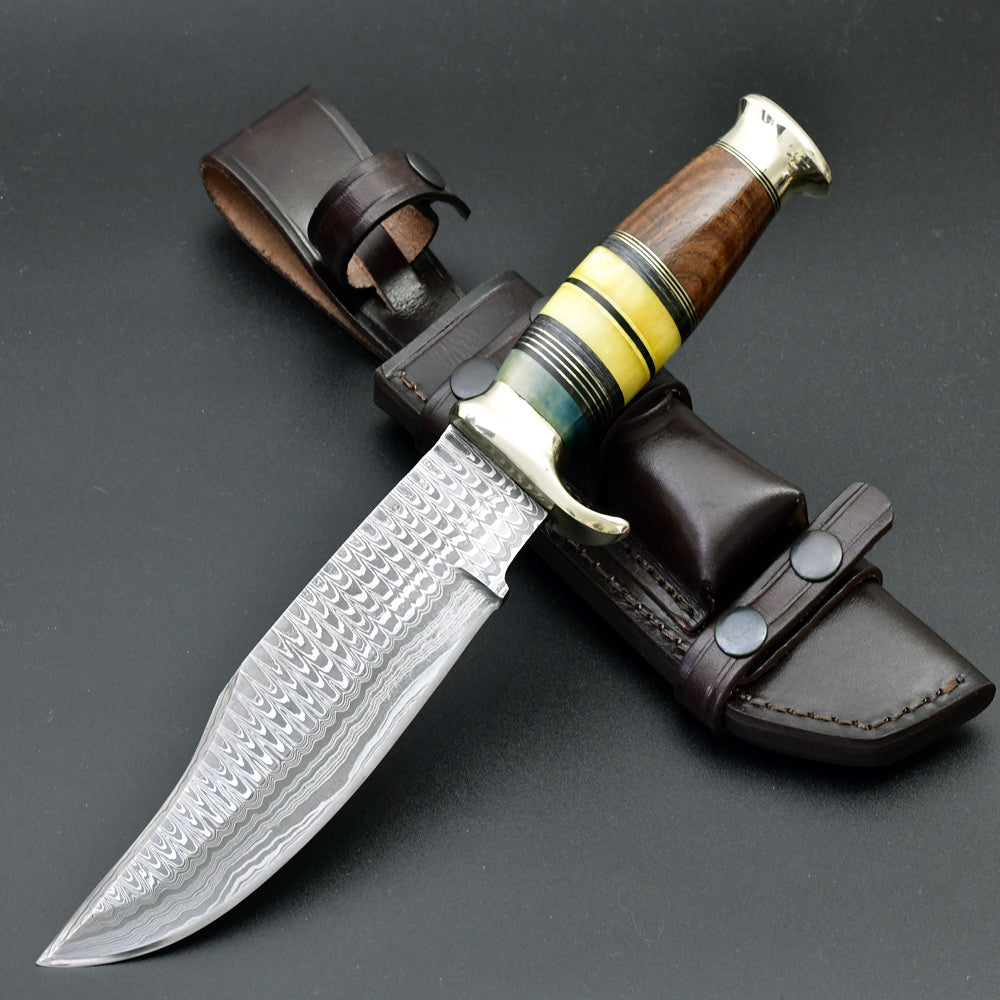
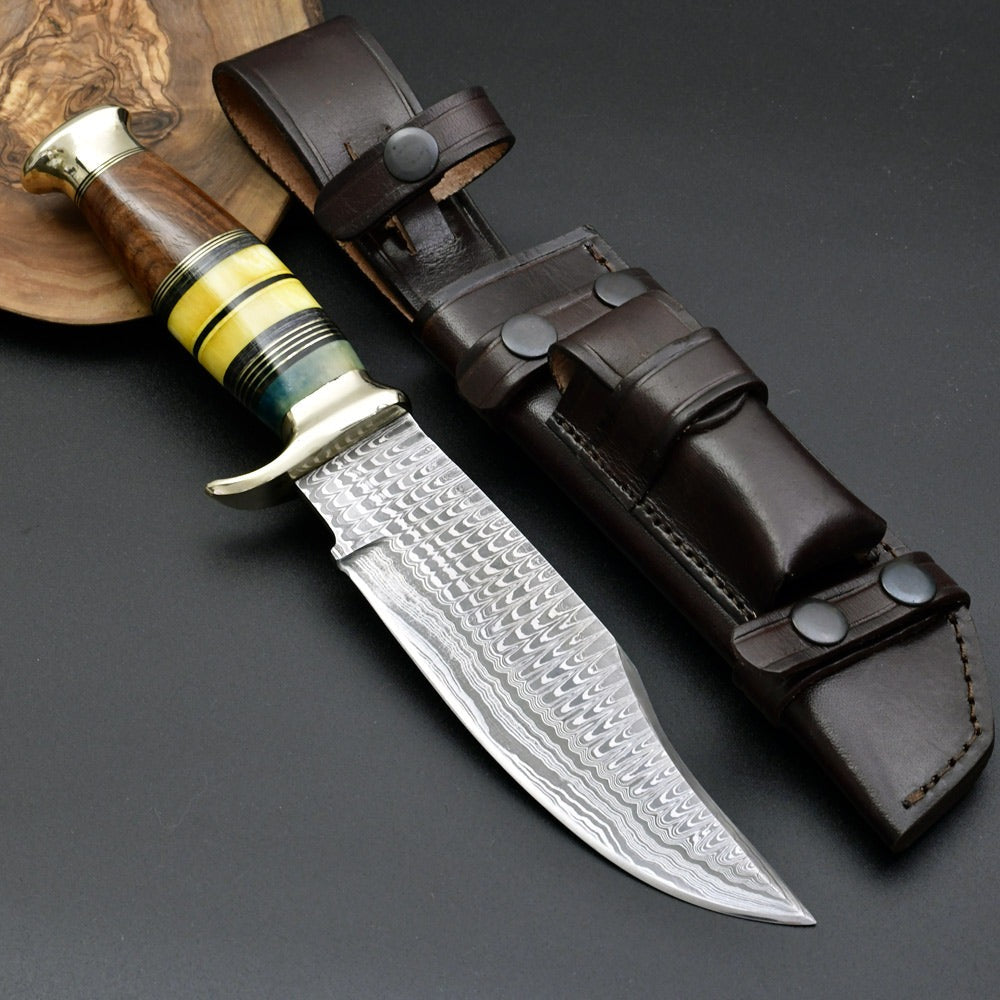
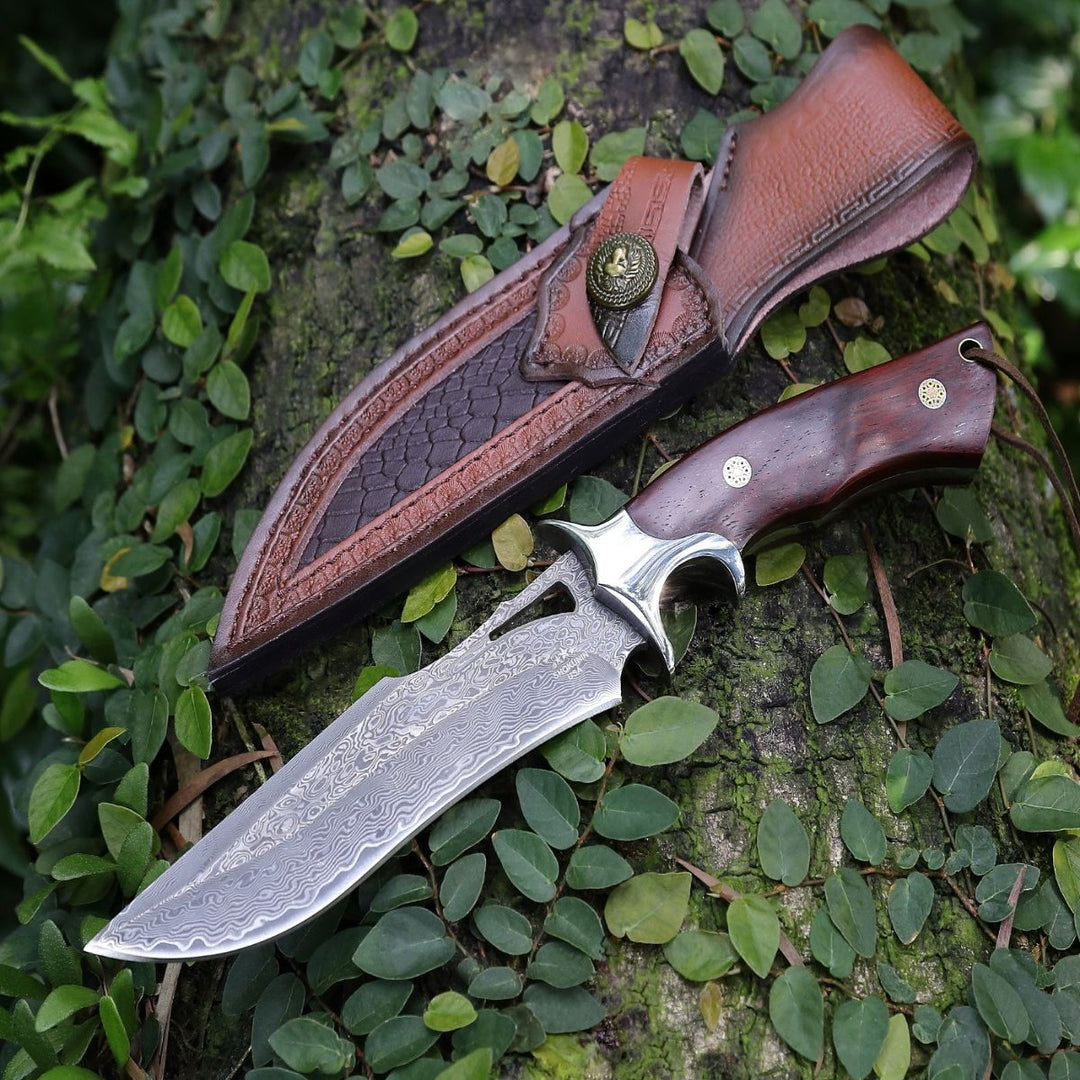
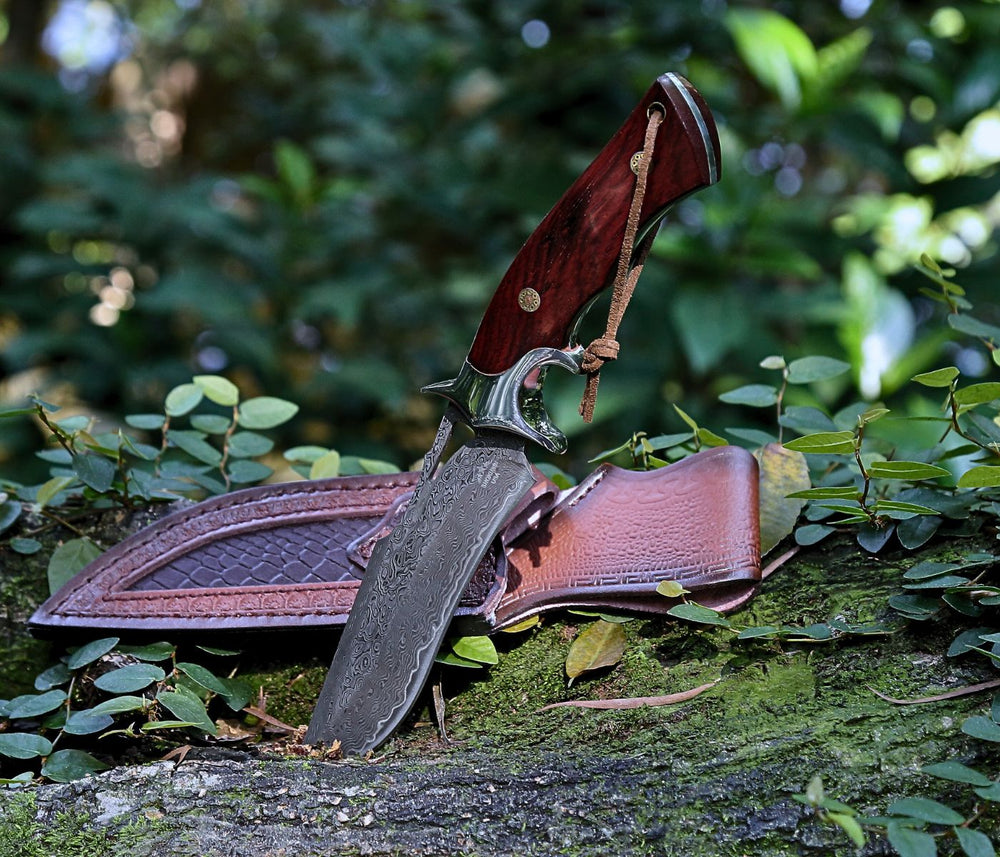
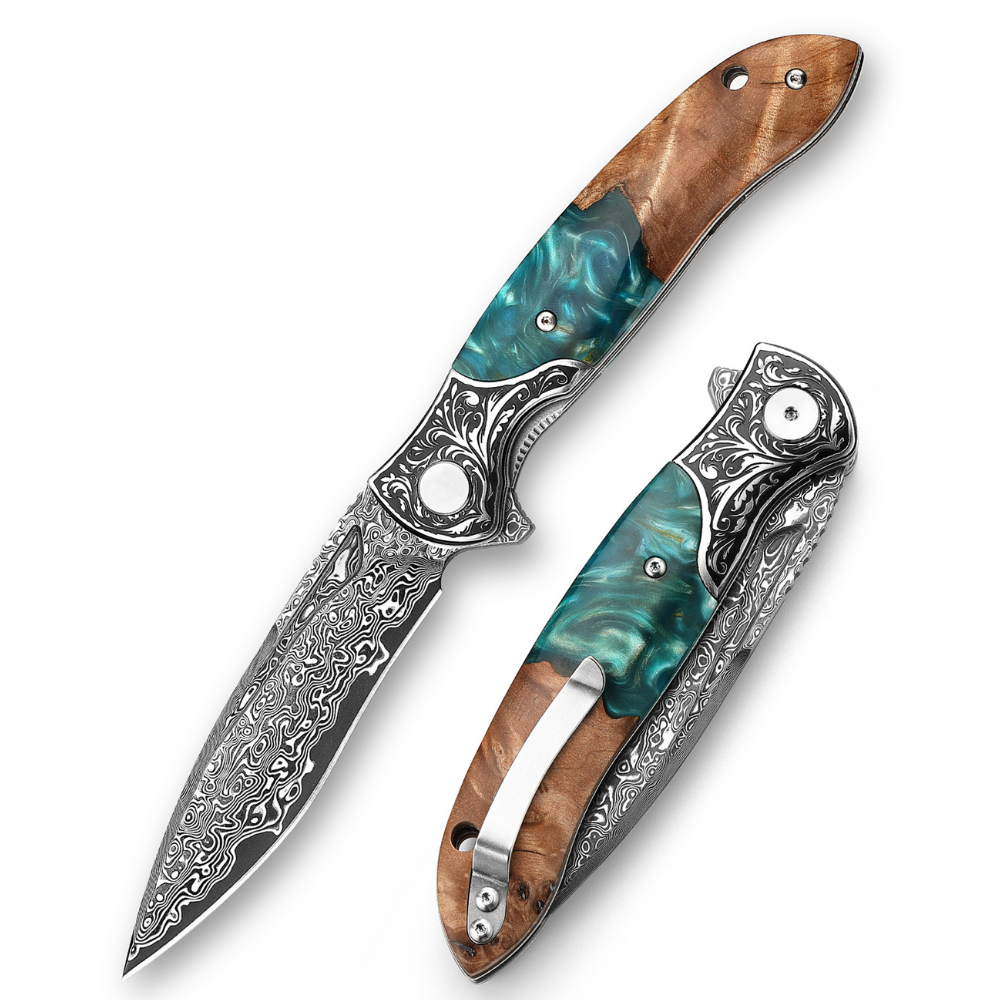
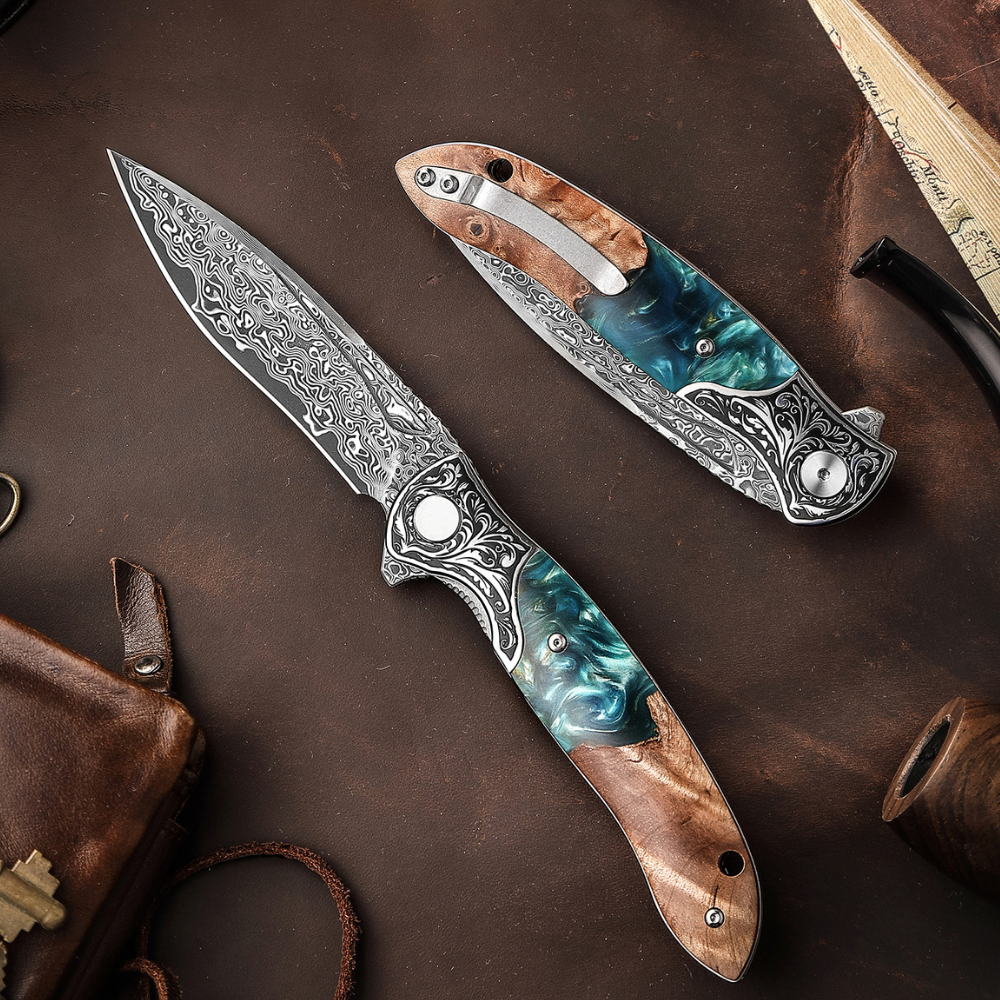
Leave a comment